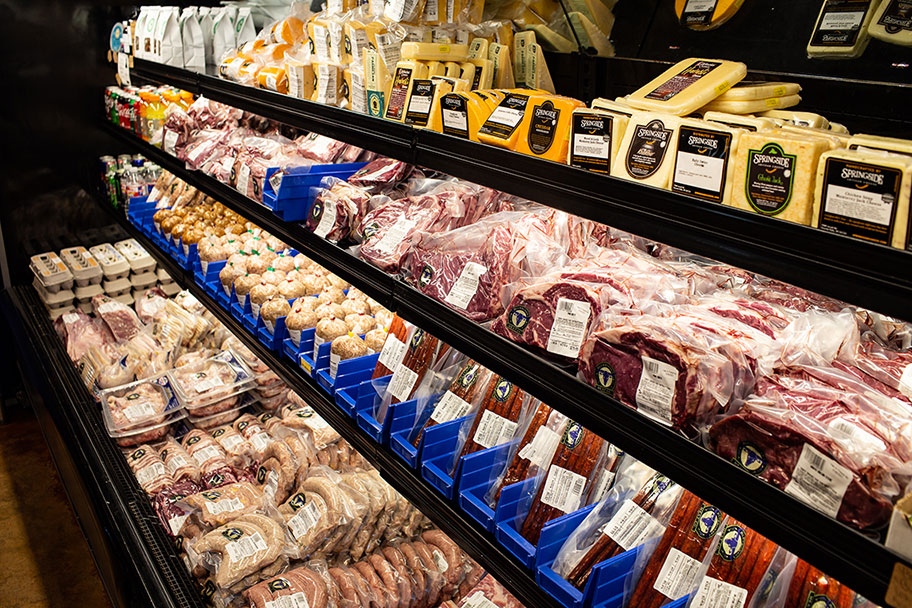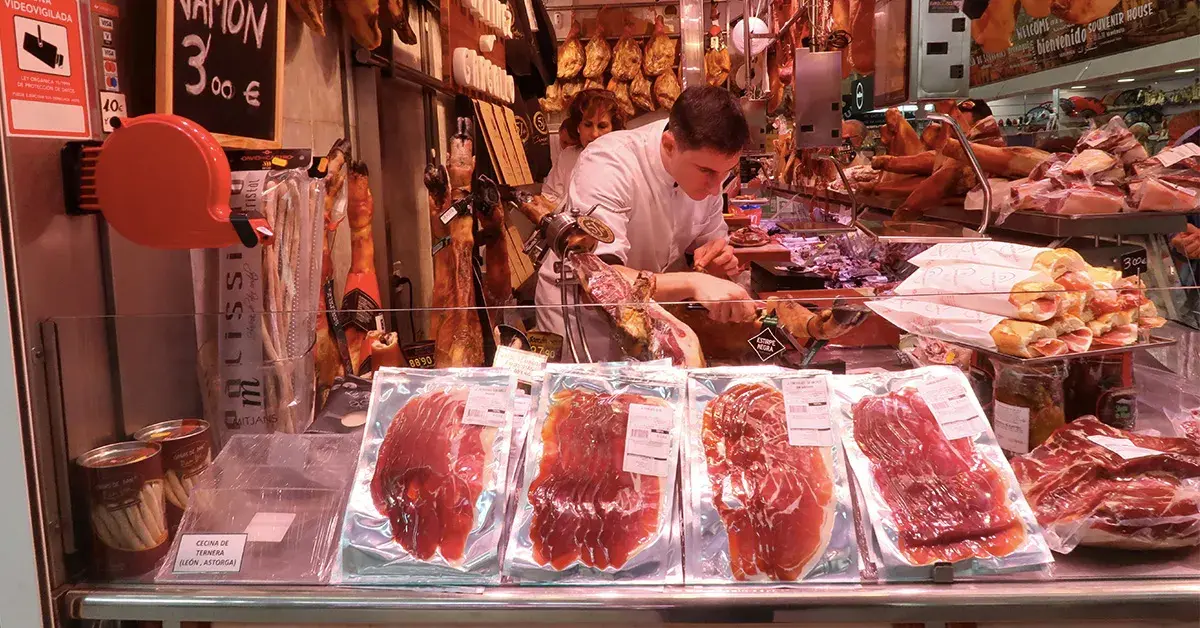Why Bagley Farms Meat Market Edwardsville IL Is the Best Option for High Quality Meats
Why Bagley Farms Meat Market Edwardsville IL Is the Best Option for High Quality Meats
Blog Article
Discover the Art of the Butcher's Cut in a Modern Meat Market
In the ever-evolving landscape of modern-day meat markets, the butcher's cut has transcended its traditional origins, merging olden craftsmanship with modern practices. What genuinely sets the contemporary butcher apart is their ability to build a deeper link between customers and the origins of their meat.
Development of Butchery Strategies

The mid-20th century saw butchery strategies further refined by clinical understandings right into muscular tissue biology and meat aging, improving both tenderness and taste. Developments like vacuum packaging and refrigeration extended product shelf-life, allowing butchers to diversify offerings and enhance quality assurance. This period likewise noted the increase of specific tools, such as band saws and meat slicers, which raised accuracy and performance in meat handling.
The 21st century has presented electronic technology right into the butchery realm. Digital systems currently assist in monitoring animal provenance and enhancing cuts to satisfy particular consumer preferences. Furthermore, a renewal in artisanal butchery has actually emerged, blending typical skills with modern-day understanding to cater to customers seeking honest and sustainable meat alternatives. This development emphasizes a dynamic interaction in between tradition and innovation, meeting modern needs while protecting the craft's heritage.

Understanding Meat Cuts

Understanding the complexities of meat cuts is vital for both butchers and consumers seeking high quality and value. For butchers, precise cuts show ability and regard for the craft, ensuring minimal waste and optimal return.
The key classifications of meat cuts include primitive, sub-primal, and retail cuts. Primitive cuts, such as the loin, rib, and chuck, are the large areas initially divided from the carcass. Butchers then damage these down additionally into sub-primal cuts, prior to lastly generating retail cuts offered to consumers, like ribeye or tenderloin. Each phase requires mindful interest to anatomical framework and muscle make-up.
Understanding muscle make-up is important; muscles utilized more often by the pet have a tendency to be harder and are best fit for slow food preparation methods, while less-used muscle mass, like those located in the loin, are a lot more tender and ideal for cooking or roasting. Familiarity with these differences encourages consumers to make educated selections, boosting their culinary endeavors.
Selecting Quality Meat
Choosing the appropriate meat includes more than simply selecting a visually appealing item from the screen. The art of selecting quality meat calls for a discerning eye and knowledge of specific features that symbolize freshness and quality.
Second of all, consider the marbling, which describes the white streaks of fat within the muscle. Proper marbling is a vital sign of tenderness and flavor, as it thaws during food preparation, improving the meat's juiciness. Keep in mind, higher marbling typically correlates with exceptional high quality cuts, such as USDA Prime.
Structure is another critical factor; meat ought to feel firm to the touch, not slimed or excessively soft. Furthermore, bear in mind the scent. Fresh meat ought to have a clean, neutral scent, without any type of sour or off-putting smells.
Pairing Cuts With Food Preparation Methods
Successfully combining cuts of meat with the suitable cooking approaches is vital for achieving optimum taste my blog and texture. Various cuts vary in tenderness, marbling, and connective cells web content, each needing certain methods to unlock their possibility. Tender cuts like filet mignon and ribeye, with their inherent marbling, advantage from high-heat, quick-cooking techniques such as grilling or pan-searing. These approaches boost the meat's natural flavors and guarantee a juicy finish.
Alternatively, harder cuts like brisket and chuck roast are rich in collagen, which breaks down into gelatin when prepared gradually. These cuts are perfect for braising or slow-moving roasting, permitting the meat to tenderize gradually and develop deep, complex flavors. Cuts such as brief ribs and pork shoulder fare well with slow-cooking methods, where prolonged cooking times transform their durable textures right into delicious meals.
Lamb shanks and oxtail, which need extended cooking to tenderize, are excellent prospects for stewing or slow simmering. These approaches coax out abundant, hearty flavors while keeping wetness. By comprehending the distinct characteristics of each cut, cooks and home chefs alike can elevate their cooking productions, making sure each dish is both pleasing and unforgettable.
The Butcher's Function Today
Browsing the evolving landscape of the modern-day meat market, the butcher's role today prolongs beyond simple prep work of cuts. Contemporary butchers are culinary craftsmens, teachers, and supporters for sustainable techniques.
Along with crafting specific cuts, butchers currently engage straight with customers, supplying cooking check out here recommendations and tailoring choices to suit specific needs and preferences. Their competence in meat aging, marbling, and flavor accounts empowers consumers to make informed decisions, boosting their culinary experiences. This customized solution exemplifies the butcher's advancing role as a trusted expert in the kitchen.
Additionally, butchers are crucial in lessening waste, making use of whole animals to develop diverse items such as sausages and stocks - bagley farms meat market edwardsville il. This extensive strategy not only values the animal but likewise straightens with contemporary sustainability goals. By doing this, the modern-day butcher embodies both custom and advancement, adjusting to an ever-changing market while maintaining the artistry and stability of their craft

Verdict
The modern butcher's craft intricately weaves traditional strategies with contemporary advancements, stressing sustainable techniques and honest sourcing. Mastery in recognizing diverse meat cuts and quality signs empowers butchers to give educated recommendations, straightening particular cuts with optimum cooking approaches. This know-how not only raises culinary experiences but find more likewise enhances the link between customers and the beginnings of their food. By recognizing historical practices while embracing modern demands, the butcher's duty remains essential in today's innovative meat market.
Report this page